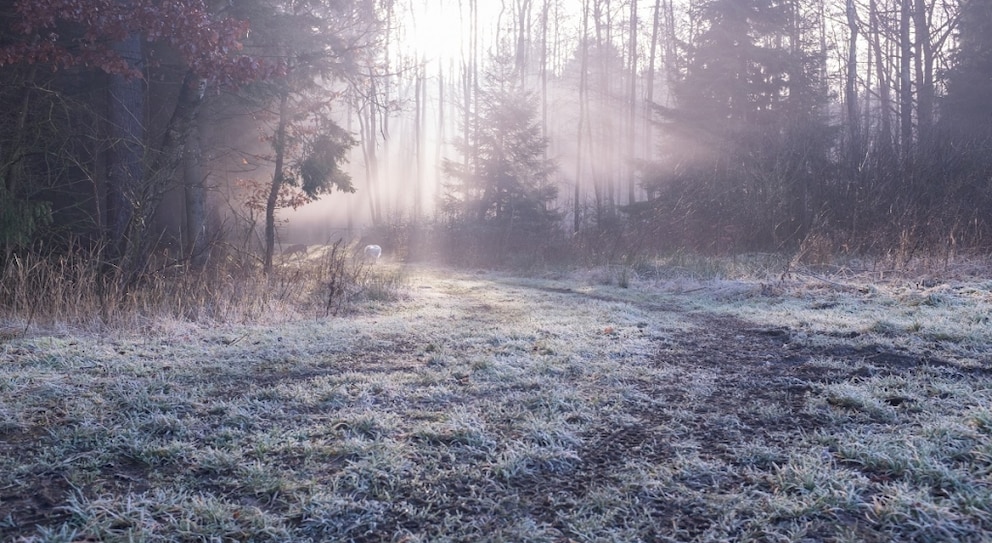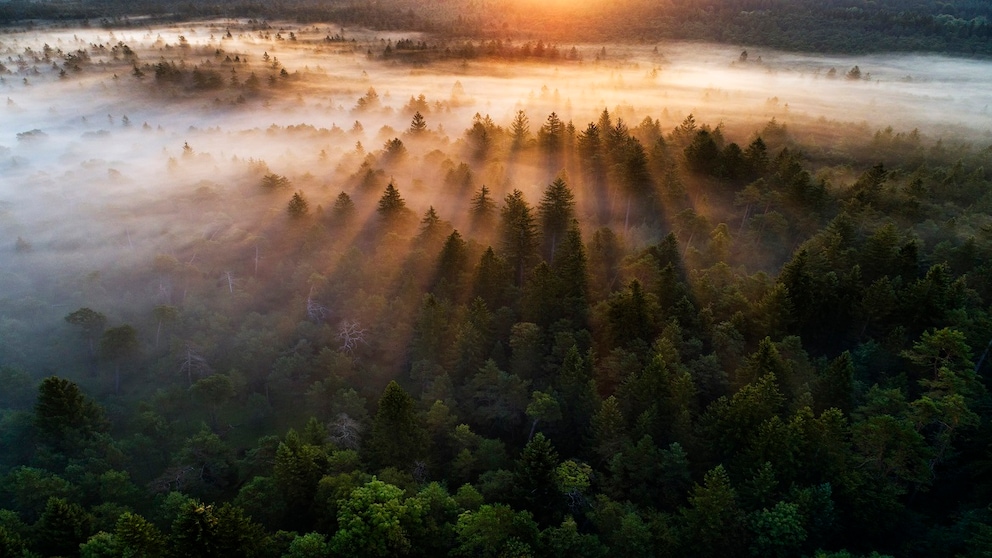January 31, 2025, 6:41 pm | Read time: 5 minutes
How much real wilderness is there left in Germany? In other words, areas in which nature can regulate itself and develop undisturbed by human intervention? The Heinz Sielmann Foundation, among others, has investigated this question in a study. The results so far have been rather limited. But there is hope for Germany’s wilderness.
In our era of advanced technology, there are few places left in the world untouched by human presence. Human influence now extends almost everywhere, often with unfortunate consequences for nature and the environment. Germany is no exception to this trend. Consequently, the “Initiative Wildnis”, a coalition of 21 German nature conservation organizations, has delved into a compelling inquiry. How much true wilderness remains in Germany? That is, areas where nature can evolve freely, mostly undisturbed by human activity, following its intrinsic patterns?
Overview
The study was prompted by the “National Strategy on Biological Diversity”, a directive from the German government, established in 2007. This strategy set a goal for 2020, aiming to establish wilderness areas on at least 2 percent of Germany’s land surface. An area of at least 1000 hectares was set as the lower limit for the size of these natural oases. For floodplains, moors, lakes and coastal landscapes, the lower limit was specified as at least 500 hectares. The initiative was ambitiously dubbed the “two percent wilderness target”. Yet, the findings of the recently released study are quite sobering.
‘Still a Long Way’ to the Goal
The “Initiative Wildnis”, which counts the esteemed Heinz Sielmann Foundation, Greenpeace, and WWF Germany among its members, discovered that the 2 percent target was decidedly missed. The study’s aggregation of all German wilderness areas shows that their combined extent currently amounts to a mere 0.62 percent. This figure could climb to as much as 0.73 percent with the inclusion of areas planned for the near future. This data was compiled by the foundation Heinz Sielmann Stiftung, the foundation Naturstiftung David, and the Frankfurt Zoological Society.
Yet, despite these stark numbers, they remain optimistic. Dr. Heiko Schumacher, Head of Biodiversity at the Heinz Sielmann Stiftung, said at the presentation of the wilderness study, “Our findings underscore that, despite the concerted efforts of federal and state governments, as well as nature conservation organizations, we are still far from reaching the two percent wilderness target in Germany. Nevertheless, our projections indicate that large-scale wilderness areas could be established on an additional 1.67 percent of the country’s land area, potentially exceeding the two percent target.”
Mecklenburg-Western Pomerania Is the Frontrunner

The report highlights that certain federal states, especially Mecklenburg-Western Pomerania and Brandenburg, are nearing the two percent threshold. The former is currently the undisputed leader in Germany. It is boasting a wilderness area of 37,912 hectares, which represents 1.63 percent of its total area. Through a mix of short- and long-term conservation projects, there are plans to increase this area to 47,465 hectares in the future, amounting to 2.01 percent. In Brandenburg, the wilderness spans 33,880 hectares, making up 1.14 percent of the state’s overall area. Baden-Wuerttemberg lags behind with a mere 7,638 hectares of wilderness. This equates to only 0.21 percent of the state’s land area.
The website “Wildnis in Deutschland” offers an interactive map. There, you can view the wilderness areas currently existing in Germany. By clicking on the corresponding button, you can learn more about the chosen reserve. For instance, you can discover how long it has been protected and the types of natural environments it encompasses. Additional links might also offer insights on how to personally explore these areas on an outing. Each protected area is clearly showcased on the site, with a concise profile listed in alphabetical order.

What Germans really think about nudism

This is where the happiest people in Germany live

Surprising! This is the greenest city in Germany
Initiators Are Optimistic
The potential analysis ends on a positive note. The analysis suggests that achieving a total wilderness area of 857,930 hectares across Germany with all long-term projects planned is well within the realm of possibility. This would represent 2.4 percent of our country’s land area. Adrian Johst, Managing Director of Naturstiftung David, said at the presentation of the balance sheet, “We remain hopeful that Germany will steadily approach the 2 percent wilderness target in the years ahead. Thanks to the Wildnisfonds funding program and the KlimaWildnis funding guideline within the Natürlicher Klimaschutz Action Program, it has become financially rewarding for private individuals to contribute to wilderness creation.”
The study’s initiators make clear that, in addition to natural habitats, wilderness can be created in areas heavily influenced by humans. For example, former mining and military sites. To allow natural processes to effectively take their course in all their diversity and to reduce conflicts with the surrounding cultural landscape, expansive and connected areas are essential. The “National Strategy on Biological Diversity” also stipulates that German forests should be able to develop naturally on 5 percent of the country’s land area in the future. Furthermore, the European Biodiversity Strategy demands “strict protection” for 10 percent of the country’s land area by the year 2030.
Also interesting: The best tips and routes for hiking in the Harz Mountains
The study reveals that in the existing wilderness areas, habitats are predominantly coniferous forest (34.3 percent), deciduous forest (24.9 percent), mixed forest (8.0 percent), and natural grassland (5.3 percent). The lion’s share of this area is under the ownership of the respective federal states (76 percent). They are followed by foundation lands (9.4 percent) and federal territories (8.9 percent). The rest (5.7 percent) is distributed among a variety of owners, including associations, corporations, private citizens, and municipal governments. For this project, all existing and future large wilderness areas in Germany were cataloged and assessed for the first time.

